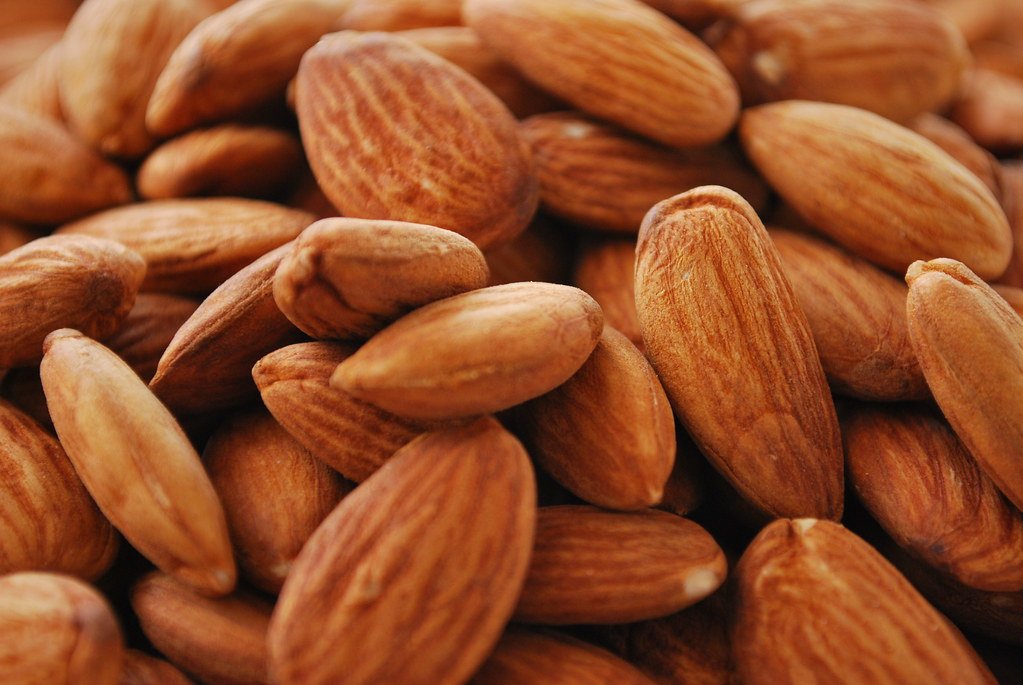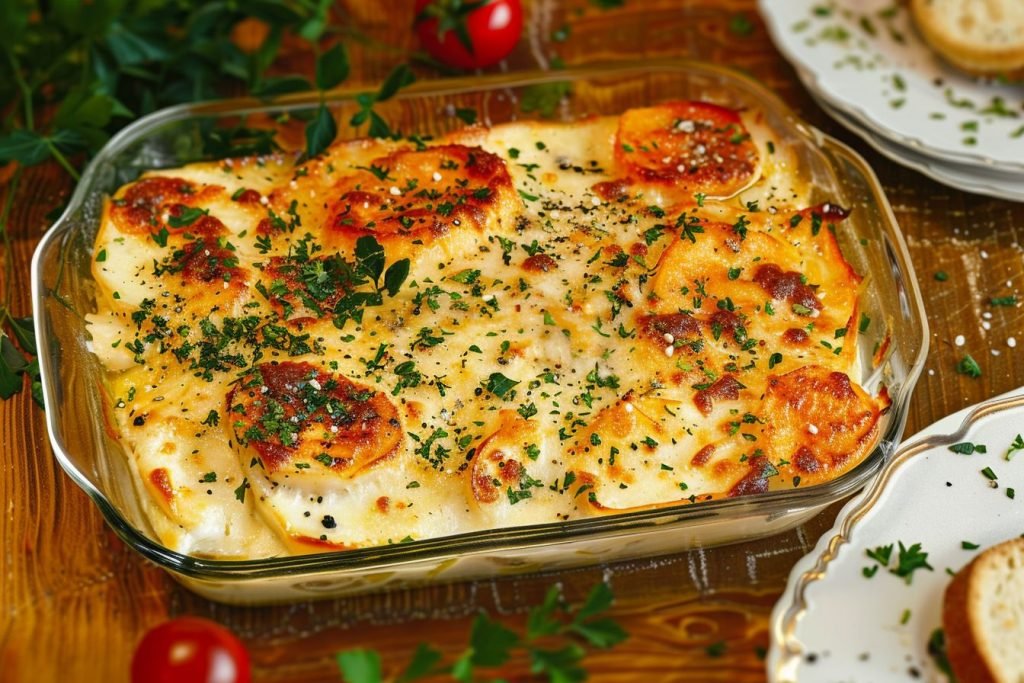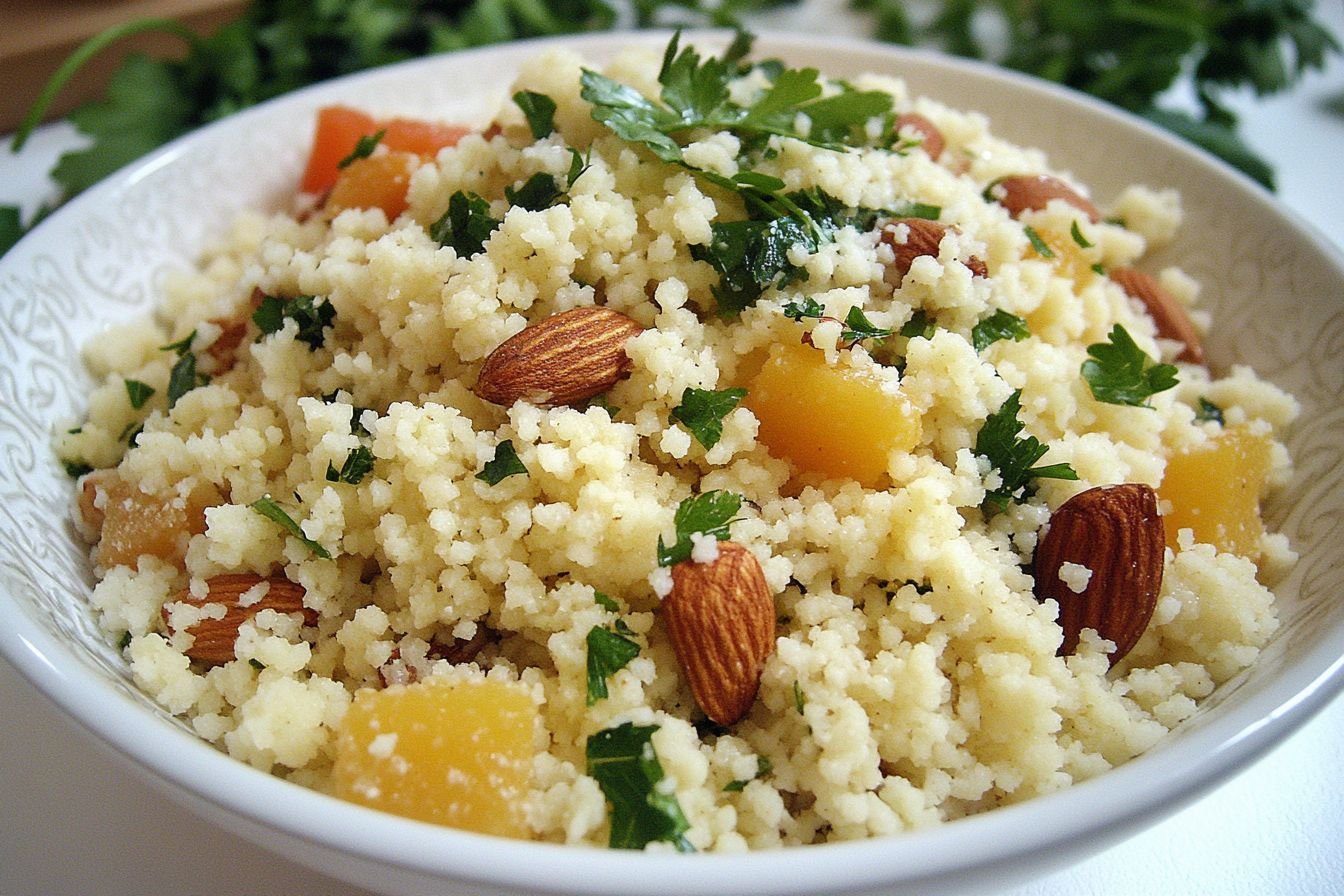Couscous with almonds is a delightful dish that satisfyingly combines texture and flavor. Combining fluffy couscous with toasted almonds, fresh vegetables, and a hint of feta creates a unique blend that’s both refreshing and hearty. I love how simple ingredients like parsley, green onion, tomatoes, bell peppers, and a drizzle of olive oil contribute to a vibrant and delicious meal.
You will need couscous, parsley, green onion, tomatoes, red (or yellow or orange) pepper, feta, whole almonds, olive oil, salt, pepper, and ground fresh chili paste to make this dish. This combination not only offers a burst of flavor but also provides a colorful presentation that’s perfect for any occasion.
What Is Couscous?
Couscous consists of small, granular pasta made from semolina wheat. It originates from North Africa and serves as a staple food in many countries, especially in Morocco, Algeria, and Tunisia.
I like couscous for its versatility. You can serve it as a side dish, a base for salads, or as an ingredient in more complex meals.
Couscous comes in various types:
- Moroccan couscous: The smallest and fastest cooking variety.
- Israeli (or pearl) couscous: Slightly larger, with a chewy texture.
- Lebanese couscous: The largest type, often used in hearty dishes.
Couscous absorbs flavors well. It pairs nicely with vegetables, meats, and spices. Plus, it offers a mild taste that complements a wide range of dishes.
Couscous is not only delicious but also nutritious. It contains carbohydrates for energy and provides some protein and fiber. Enjoying it as part of a balanced meal can contribute to a healthy diet.

Ingredients:
- 1 cup of couscous
- 1/2 cup of chopped parsley
- 1 diced green onion
- 1 diced tomato
- 1/2 diced red pepper (or yellow or orange)
- 1/4 cup of whole almonds
- 1/2 cup of crumbled feta
- 3 tbsp of olive oil
- Ground fresh chili paste, to taste
- Salt and pepper, to taste
How to make couscous with almonds?
- Boil water, add it to a bowl with couscous, cover, and let it sit for 8 minutes.
- In a pan, toast the almonds for 2-3 minutes on a stovetop.
- Chop parsley, green onion, tomato, and pepper.
- Once the couscous is cooked, transfer it into a bigger bowl.
- Fluff-cooked couscous, add chopped veggies, toasted almonds, feta cheese, olive oil, salt, and pepper. Stir well.
- Divide the couscous salad onto plates and add chili paste to taste.
Nutritional Information
| Nutrient | Amount |
|---|---|
| Calories | 732.8 kcal |
| Protein | 21.6 g |
| Total Fat | 38.2 g |
| Saturated Fat | 9.3 g |
| Carbohydrates | 77.5 g |
| Dietary Fiber | 8.4 g |
| Sugars | 5.5 g |
Pairings and Serving Suggestions
Couscous with almonds makes a versatile base for meals. I often serve it alongside grilled meats like chicken or lamb. The nutty flavor complements these proteins well.
For a vegetarian option, I love pairing it with roasted vegetables. Carrots, bell peppers, and zucchini provide a colorful and flavorful mix.
Here are some ideas for serving:
- Salads: Toss couscous with greens, cherry tomatoes, and feta for a refreshing side.
- Spices: Enhance the dish with spices like cinnamon or cumin to add warmth.
- Herbs: Fresh parsley or mint can brighten up the dish and add a refreshing touch.
I recommend serving couscous warm or at room temperature. It absorbs flavors beautifully when allowed to sit for a bit.
For a unique twist, I sometimes drizzle a light vinaigrette over it. A dressing of olive oil, lemon juice, and a dash of honey works wonderfully.
Couscous can also serve as a filling for stuffed peppers or as a bed for stews. It truly adapts to various cuisines and flavors.
Storing Leftovers
Cool Down: First, allow the dish to cool to room temperature. This helps maintain the texture and taste.
Storage Containers: I use airtight containers to prevent moisture from getting in. It keeps the flavors intact.
Refrigeration: I store the leftovers in the refrigerator if I plan to eat them within 3-4 days.
Freezing: For longer storage, I freeze the couscous. It lasts for up to 2 months. I portion it out into smaller servings to make thawing easier.
Reheating: When I’m ready to enjoy it again, I reheat it in the microwave or on the stovetop. I add a splash of water to restore moisture.
Labeling: I label my containers with the date. This way, I can easily track how long it’s been stored.
Common Mistakes to Avoid
1. Not Measuring Liquid Properly: Using too much or too little liquid can affect the texture of your couscous. I always measure it carefully to ensure perfect absorption.
2. Skipping the Toasting Step: Toasting almonds enhances their flavor. I recommend lightly toasting them in a dry skillet before adding them to the couscous. This step makes a difference.
3. Overcooking the Couscous: Couscous cooks quickly. I keep an eye on it to avoid a mushy texture. Typically, just letting it steam for a few minutes does the trick.
4. Using Stale Nuts: Freshness matters! I always check my almonds for any signs of spoilage before using them. Stale nuts can negatively impact the taste.
6. Not Adding Vegetables: Incorporating veggies can add color and nutrients. I often toss in diced bell peppers or peas for extra flavor and variety.
Conclusion
Couscous with almonds is a delightful dish that combines texture and flavor. The nutty crunch of almonds perfectly complements the light fluffy couscous.
I enjoy how versatile this dish is; it can serve as a main course or a side. I often pair it with a variety of proteins or vegetables, making each meal unique.
Next time I crave something satisfying yet easy, I’ll reach for couscous with almonds. It never disappoints.
Just so you know, this is a great side dish for moussaka with bechamel.
Sounds interesting? Get that recipe now (by clicking the image below):





